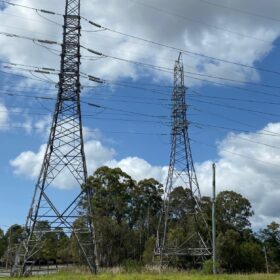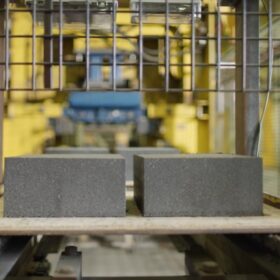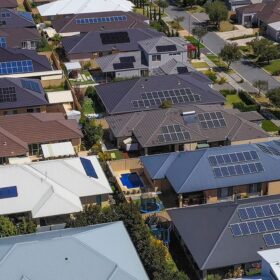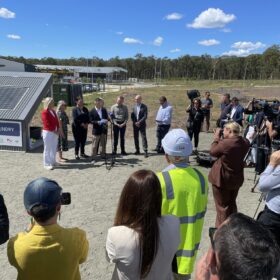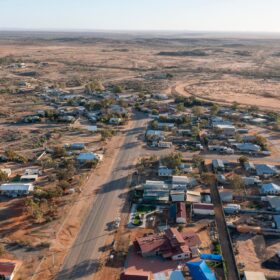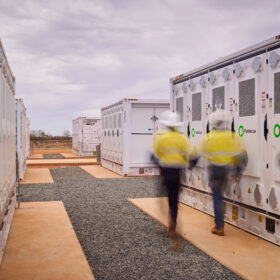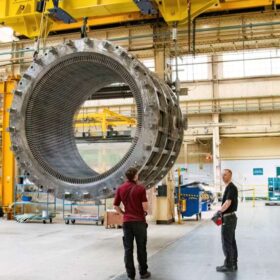A 100% solar Indonesia in 2050
Indonesia has all the solar energy and pumped-hydro energy storage potential required to become a solar giant by mid-century. On current trends, Indonesia will be the fourth largest producer of solar energy by 2050.
AI is missing link in Australia’s renewable energy race
Australia’s 2030 clean energy targets are drawing ever closer, but based on recent modelling, we’re losing grasp of our 82% renewables goal. With this target less than six years away, the industry remains fixated on debating the pros and cons of high-profile renewable projects. These debates however distract from the energy industry’s most pressing issue.
Diversity is key to Australia’s renewable future
Energy generation is undergoing a revolution, our consumption patterns however remain unchanged. With electricity distributed 24/7 across our vast country, the need for a constant, reliable energy supply has never been more critical.
Economic difficulties pose threat to decarbonisation budgets
We know cost-of-living pressures force us to make decisions about the very short-term. Questions such as “how am I going to get dinner?” or “how am I going to pay my next bill”? takes precedence over the luxury of long-term strategic planning and investment.
How Australian philanthropists can help reduce global emissions by up to 9%
As the world confronts the climate crisis, Australia is grappling with reaching its decarbonisation targets while maintaining a productive and growing economy. At the same time, philanthropists are trying to understand their role in the transition and how they can support causes that will help rapidly reduce emissions.
China’s solar dominance not an issue
In a new monthly column for pv magazine, the International Solar Energy Society (ISES) explains why potential trade disruptions in the global PV supply chain are substantially different from those related to coal, oil and gas.
Fortescue pauses green hydrogen goal, Australia must forge on
Australian mining and energy giant Fortescue announced last week that its ambitious green energy goal – to produce 15 million tonnes of renewable hydrogen annually by 2030 – will be placed on hold.
No room for nuclear power, unless Coalition switches off rooftop solar
Before renewables came along, coal-fired power stations pumped out electricity (and carbon emissions) 24 hours a day. But now, this type of “always on” baseload power is no longer necessary or commercially viable.
CSIRO brings science, not politics, to electricity cost debate
Some nuclear fans claim Australia’s national science agency has a position on the country’s energy mix. CSIRO Chief Executive Doug Hilton writes that is both wrong and a fundamental misinterpretation of the GenCost report.
Microgrids empowering regional and remote communities across Australia
Small collections of electricity generators, or microgrids, have long been used in disaster recovery, when network supply falters during bushfires or cyclones. But now the technology is being used to provide secure, 24-7 supplies of clean energy in Australian communities where connection to the main electricity grid is but a pipedream.

